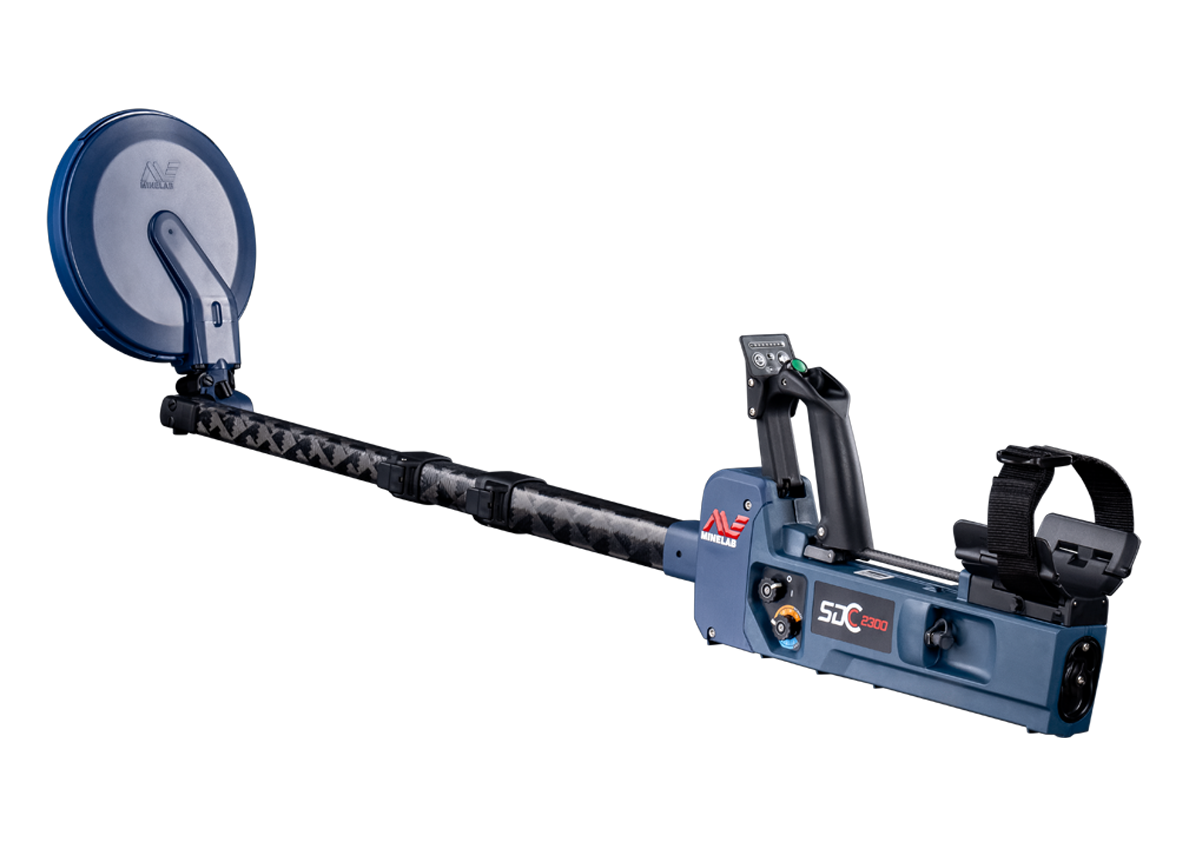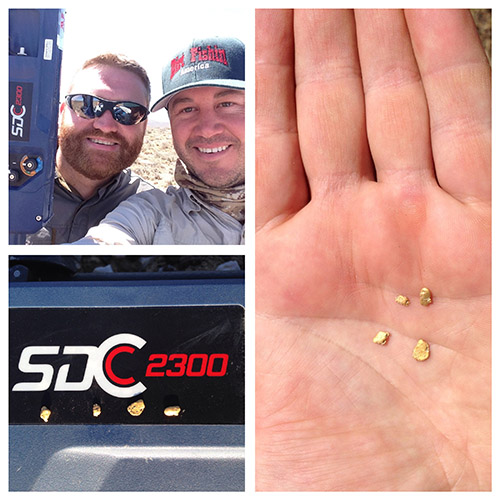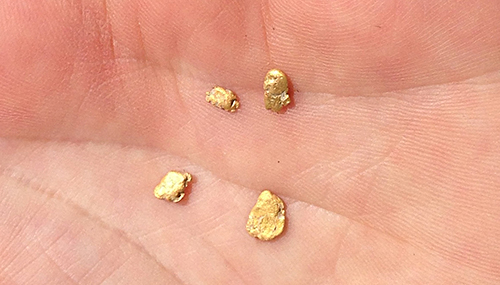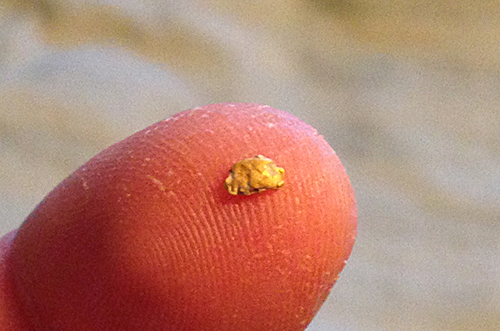It’s not often a new detector comes out that actually lives up to the hype. Manufacturers clammer to come out with the next best thing that goes deeper, reacts faster and ultimately finds more of what you’re looking for. Metal detecting for native gold has been an extraordinarily difficult challenge for manufacturers to perfect. Gold is heavy… 19.3 times heavier than water to be exact. Gold is so heavy, it is theorized most (if not all) gold discovered to date has been deposited by meteorites and that earths gold settled near its core during the infancy of the planet. Most of earths gold is very small. It’s been said that you can find 5 ten carat diamonds for every single 1oz nugget. This poses a huge problem when it comes to detectable gold. It means that your machine must be sensitive enough to find small, deep gold. Sounds easy enough right? Well… Guess what? Gold also likes to hang out around other heavy metals that can mask it’s presence. It makes finding gold with a detector a lot like playing “Where’s Waldo” at a candy cane store. Pulse induction units solved the problem of separating gold from hot mineralize ground and also gave the extra depth needed to reach the gold. The pulse induction units of the past left something to be desired when it came to finding small and spongy gold. For some reason PI machines had a hard time picking up on the little stuff and some of the spongy or sparsely sprinkled specimens. The fine timing mode on the GPX 5000 coupled with a small coil was light-years ahead of the competition when it came to finding small gold at depth but still… The sub gram nuggets that make up the majority of the gold were difficult to track down.
The Minelab SDC 2300 claimed to be the first PI machine with the ability to consistently sniff out sub gram gold in mineralized environments. Why wouldn’t you just buy a high frequency VLF detector for small gold applications? What’s the big deal about a “PI” machine that can hit small gold? The problem with high frequency VLF detectors, is that half of your time is spent listening to hot rocks and cold stones. If you’ve never been detecting for gold, let me be the first to tell you about these annoying rocks. They are EVERYWHERE and they do a fantastic job of masking good targets. Most of your time will be spent using some sort of method to distinguish hot rocks from dig-able targets. I consider myself to be a physically capable “younger” man, but investigating hot rocks all day long will make an old man out of anyone in no time. If for some miracle you find yourself in a gold field that isn’t littered with hot rocks, the VLF machine in your hand will still struggle with finding targets at depth.
The first thing I noticed about running the SDC 2300 was its sleek, compact design. A truly portable detector that can literally fit into a shoe box. Perfect for remote areas only accessible by air, ATV, horseback or foot. Swinging the SDC was a pleasure. It's ability to completely ignore those pesky hot rocks, cold stones and hot ground made life exponentially easier and more enjoyable. Even if I didn’t find any gold with the SDC, at least wouldn’t have to deal with all those hot rocks! But the best part came when I actually started finding gold. We took the SDC 2300 to a gold patch known for sub gram gold and plenty of hot rocks. Within half an hour of enjoyable detecting I had my first repeatable signal. The mellow and familiar sounds of gold. The SDC perfectly replicates its predecessors sounds which means if you’ve ever used a Minelab PI machine before, you’ll have literally zero learning curve when it comes to knowing what to listen for. To my surprise my first target was in fact gold. Even more surprising, it was a sub gram piece of gold from approximately 4 inches deep. Given how loud and clear the signal was, I would have thought this piece of gold was going to be bigger or shallower. The claims of finding small gold at depth were no longer “claims”. It was fact. My heart began to pump faster as I realized the significance of the results. Being a prospector just became a lot easier. After hunting for a little while we were challenged by a freak rain storm in the Nevada desert. The waterproof capabilities of the SDC were being put to the test on her maiden voyage. I no longer had an excuse to throw in the towel on account of a little rain. The SDC performed as if nothing had happened. By the end of the day I had 4 new nuggets in my possession. None of them were big but we knew they wouldn’t be. That was the point. The smallest of the bunch weighed in at a whopping .07 grams.
If you’re looking for a prospecting machine that can go anywhere, ignore hot rocks and hot ground while sniffing out the smallest of nuggets, then look no further. The SDC lives up to the hype and then some. This machine will become a staple in any prospectors tool set. I’ve nicknamed named mine “Ole Blue, The Skunk Chaser” because I have yet to get “skunked” while using it.
Keep it low and swing it slow,
Dr.Tones – Nevada, USA
For more tips, tricks and detecting methods feel free to contact the author at Facebook.com/DirtFishinAmerica or Dr.Tones24k@gmail.com























